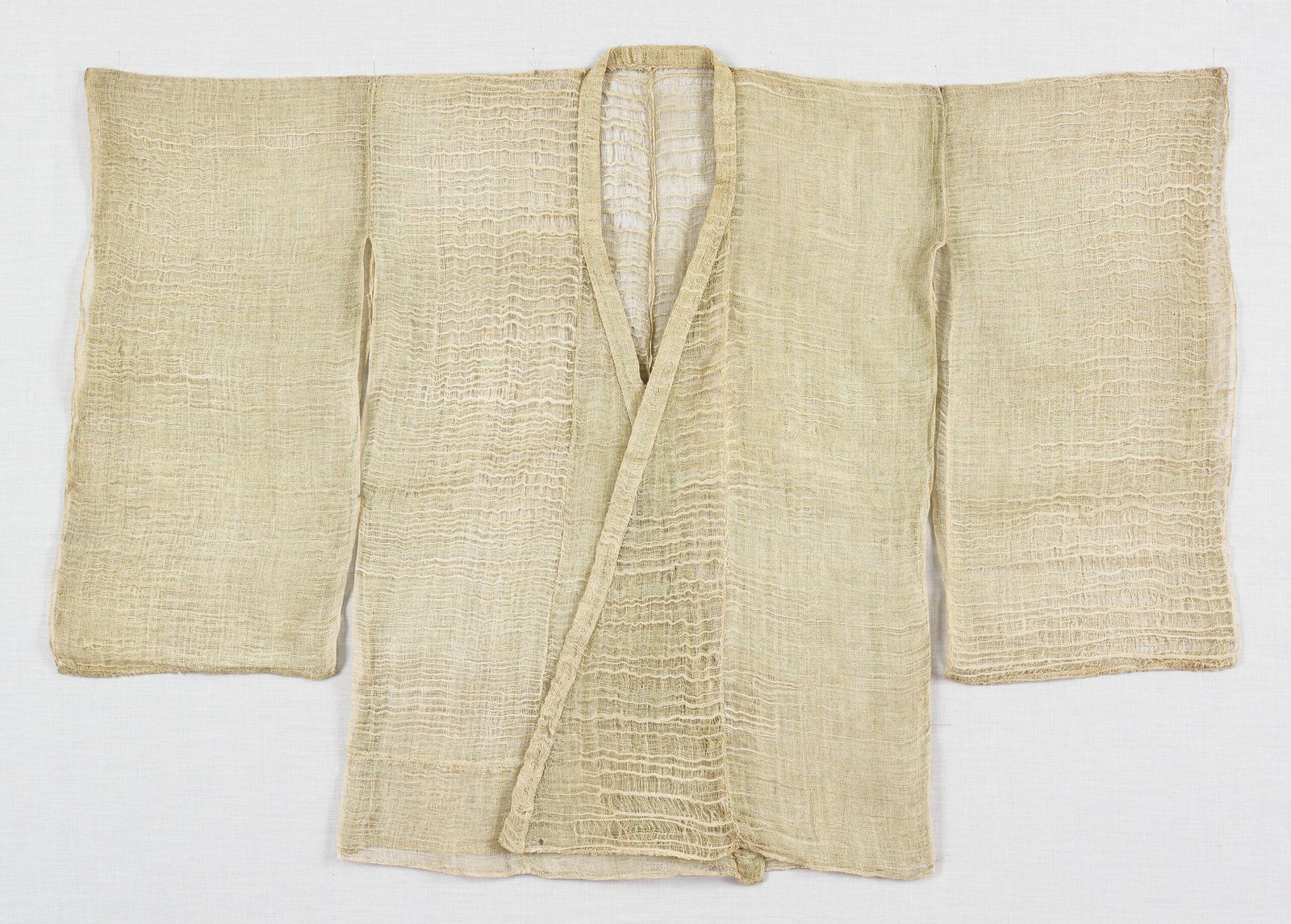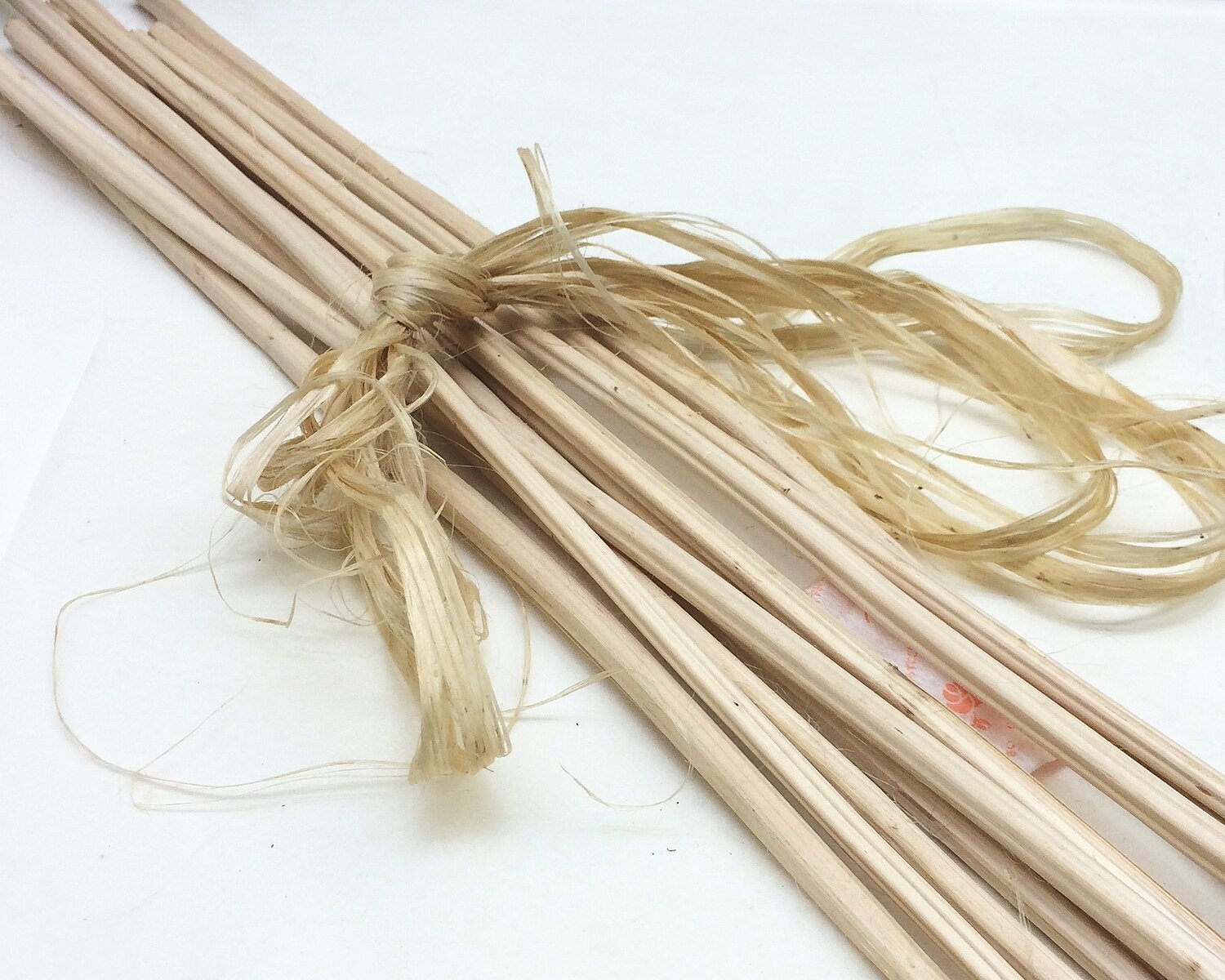Hemp: A Durable and Eco-Friendly Natural Fiber for Textiles
Hemp is one of the oldest and most sustainable natural fibers used in textile production. Known for its durability, breathability, and eco-friendliness, hemp fabric is making a strong comeback in the fashion and textile industries as consumers seek more sustainable alternatives to synthetic fibers. This article explores the properties of hemp fabric, how it is made, its benefits, and why it is considered one of the most environmentally friendly textile fibers available today.
Table of Contents

How Hemp Fiber is Made
Hemp fabric is derived from the stalks of the Cannabis sativa plant, which has been cultivated for thousands of years for its strong and versatile fibers. The process of making hemp textiles involves several key steps:
- Cultivation
Hemp grows quickly and requires minimal water, pesticides, or herbicides, making it one of the most sustainable crops for fiber production. - Harvesting
When the plants reach maturity, they are harvested, and the stalks are separated from the leaves and seeds. - Retting
The stalks undergo a natural decomposition process called retting, which breaks down the outer bark to expose the inner fibers. This can be done through water retting, dew retting, or chemical retting (though the latter is less sustainable). - Decortication
The retted stalks are mechanically separated to extract the long fibers, which are then cleaned and processed. - Spinning
The raw hemp fibers are spun into yarn or blended with other fibers like organic cotton or silk to create different fabric textures. - Weaving or Knitting
The yarn is woven or knitted into fabrics of various weights and textures, suitable for clothing, upholstery, and other textile applications.

Key Qualities of Hemp Fabric
- Durability and Strength
Hemp is one of the strongest and most durable natural fibers available. It is resistant to wear and tear, making it an excellent choice for long-lasting textiles. Unlike cotton, which can degrade over time, hemp fabric becomes softer with each wash without losing its strength. - Breathability and Moisture-Wicking Properties
Hemp fabric is highly breathable, allowing air to circulate freely and keeping the wearer cool in warm conditions. It also has excellent moisture-wicking abilities, absorbing perspiration and quickly releasing it into the air. This makes hemp an ideal choice for summer clothing and activewear. - Thermal Regulation
Hemp has natural insulating properties, making it comfortable to wear in both warm and cool climates. In hot weather, it keeps the body cool, while in colder temperatures, it provides insulation by trapping warmth close to the skin. - Antibacterial and Hypoallergenic
Hemp naturally resists bacterial growth, making it an excellent fabric choice for those with sensitive skin or allergies. Its hypoallergenic nature reduces the risk of skin irritation, making it suitable for baby clothing and eco-conscious bedding. - UV Protection
Hemp fabric offers natural UV protection, blocking harmful sun rays more effectively than many other natural fibers. This quality makes it a great option for summer apparel and outdoor gear.
Benefits of Hemp as a Textile
- Sustainability and Low Environmental Impact
Hemp is one of the most sustainable natural fibers due to its low environmental footprint. It grows quickly without the need for synthetic fertilizers or pesticides and requires significantly less water than cotton. Moreover, hemp enriches the soil by returning nutrients and preventing erosion, making it an environmentally beneficial crop. - Biodegradability
Unlike synthetic fibers that contribute to microplastic pollution, hemp is fully biodegradable. When disposed of, hemp textiles break down naturally without releasing harmful chemicals into the environment. - Versatility in Fashion and Textiles
Hemp fabric can be used for a wide range of textile applications, from lightweight garments like shirts and dresses to durable items such as canvas bags, upholstery, and home textiles. It blends well with other fibers, such as cotton, linen, and wool, creating diverse fabric textures. - Carbon Sequestration
Hemp absorbs large amounts of carbon dioxide from the atmosphere, helping mitigate climate change. A single hectare of hemp can absorb more CO2 than the same area of trees over a similar time period, making hemp cultivation a beneficial practice for reducing greenhouse gas emissions. - Minimal Waste Production
Nearly every part of the hemp plant can be used, reducing waste. The seeds are used for oil and nutrition, the stalks for fiber, and even the leftover material can be processed into biodegradable plastics or biofuels.
Challenges and Considerations
While hemp is an excellent textile fiber, there are some challenges associated with its production and use:
- Processing Complexity
Traditional hemp processing methods can be labor-intensive, requiring improvements in modern textile manufacturing. - Stiffness in Early Stages
While hemp fabric softens over time, new hemp textiles can feel coarse compared to cotton or linen. Blending hemp with softer fibers can help improve its texture. - Regulatory Barriers
In some countries, growing industrial hemp faces legal restrictions due to its association with marijuana, despite the fact that industrial hemp contains negligible amounts of THC.
The Future of Hemp Textiles
With increasing consumer demand for sustainable fashion, hemp textiles are experiencing a revival. Many major fashion brands are incorporating hemp into their collections, recognizing its environmental benefits and superior durability. Technological advancements in textile processing are also improving the softness and flexibility of hemp fabrics, making them more appealing to mainstream consumers.
Moreover, governments and environmental organizations are advocating for increased hemp cultivation as part of sustainable agricultural initiatives. As awareness grows and regulations ease, hemp is poised to become a major player in the future of sustainable textiles.
Conclusion: Why Hemp is a Superior Natural Fiber
Hemp is a powerhouse natural fiber that offers durability, comfort, and sustainability. Its breathability, strength, and eco-friendly properties make it an outstanding choice for clothing, home textiles, and industrial applications. As the fashion industry moves towards more responsible and sustainable practices, hemp is proving to be one of the best natural alternatives to conventional fibers.
By choosing hemp textiles, consumers can enjoy high-quality fabrics while contributing to environmental conservation. Whether used alone or blended with other fibers, hemp remains a superior natural textile that aligns with the growing demand for ethical and sustainable fashion.
Sources
- Small, Ernest. Hemp: A New Crop with New Uses for North America. Purdue University, 2002.
- Clarke, Robert & Merlin, Mark. Hemp: Evolution and Ethnobotany. University of California Press, 2013.
- “Hemp Textiles: Sustainable and Versatile Fabric for the Future.” Textile Exchange, 2021.
- “Environmental Benefits of Hemp Cultivation.” World Resources Institute, 2020.
- “Hemp in the Fashion Industry.” EcoTextile News, 2022.
